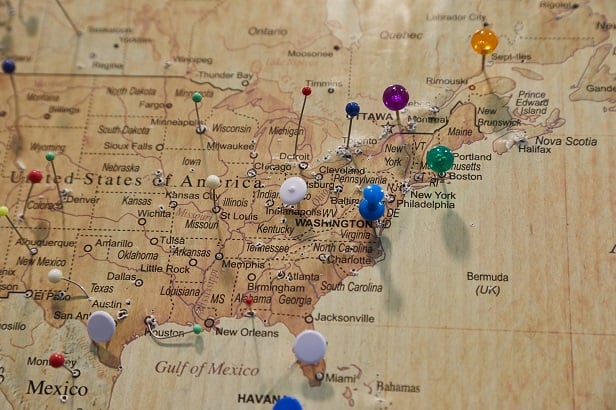NEW YORK—The Opportunity Zone program has come under a lot of scrutiny for allowing investments in census tracts that are not necessarily low-income areas.
Daniel Lebensohn, co-founder of real estate development firm BH3, acknowledges these concerns. But he says that these communities, even though they may not be considered low income, may have more problems than meets the eye, making them deserving of Opportunity Zone funds.
"They based it [Opportunity Zone tracts] off census tracts and invariably there were politics involved," Lebensohn says. "I believe that there may be some legitimacy to that [criticism of Opportunity Zone tracts being in non-low-income areas]. However, nothing is perfect."
BH3 will develop a nine-story, 86,000-square-foot retail and showroom project, which it says will be the first and largest ground-up Opportunity Zone development in Miami's Design District. The area is surrounded by trendy neighborhoods and tourist destinations.
"In the Design District, my neighbors are some of the biggest brands on the planet," Lebensohn says. "However, if you look at what it [the district] was and some of the neighborhoods, it had elements of being downtrodden and underserved. It probably has some of the telltales when you read all of the data points about Opportunity Zones."
Lebensohn, whose company is based in New York and Florida, also points to the Bronx and areas of Lower Manhattan and Chinatown, which also have Opportunity Zones, as places that may need an economic boost.
"There are 8,700 Opportunity Zones," he says. "A lot of them are not that appealing for development. I think that the broader question is do you want to attract as much money as possible [into real estate]?"
Opportunity Zones bring money from other sectors into real estate, even if there are issues. "Is it perfectly defined?," he says. "No, I don't think it is. Some of the zones do not make sense." But sometimes looks can be deceiving. Lebensohn uses Delray Beach, Fla., as an example. "It looks like an affluent area," he says. "But it's not an affluent area. It's next to an affluent area. So, it is an imperfect science."
BH3 is developing another Opportunity Zone project—a $100 million mixed-use development—in Delray Beach.
"East Delray is on fire," he says. "We have a project in West Delray, and you look around and it's a blank canvas. Most of what's there has been overlooked and there is not a lot of redevelopment and not a lot of ground up [construction]. There has not been a lot of capital infusion."
© Touchpoint Markets, All Rights Reserved. Request academic re-use from www.copyright.com. All other uses, submit a request to [email protected]. For more inforrmation visit Asset & Logo Licensing.







